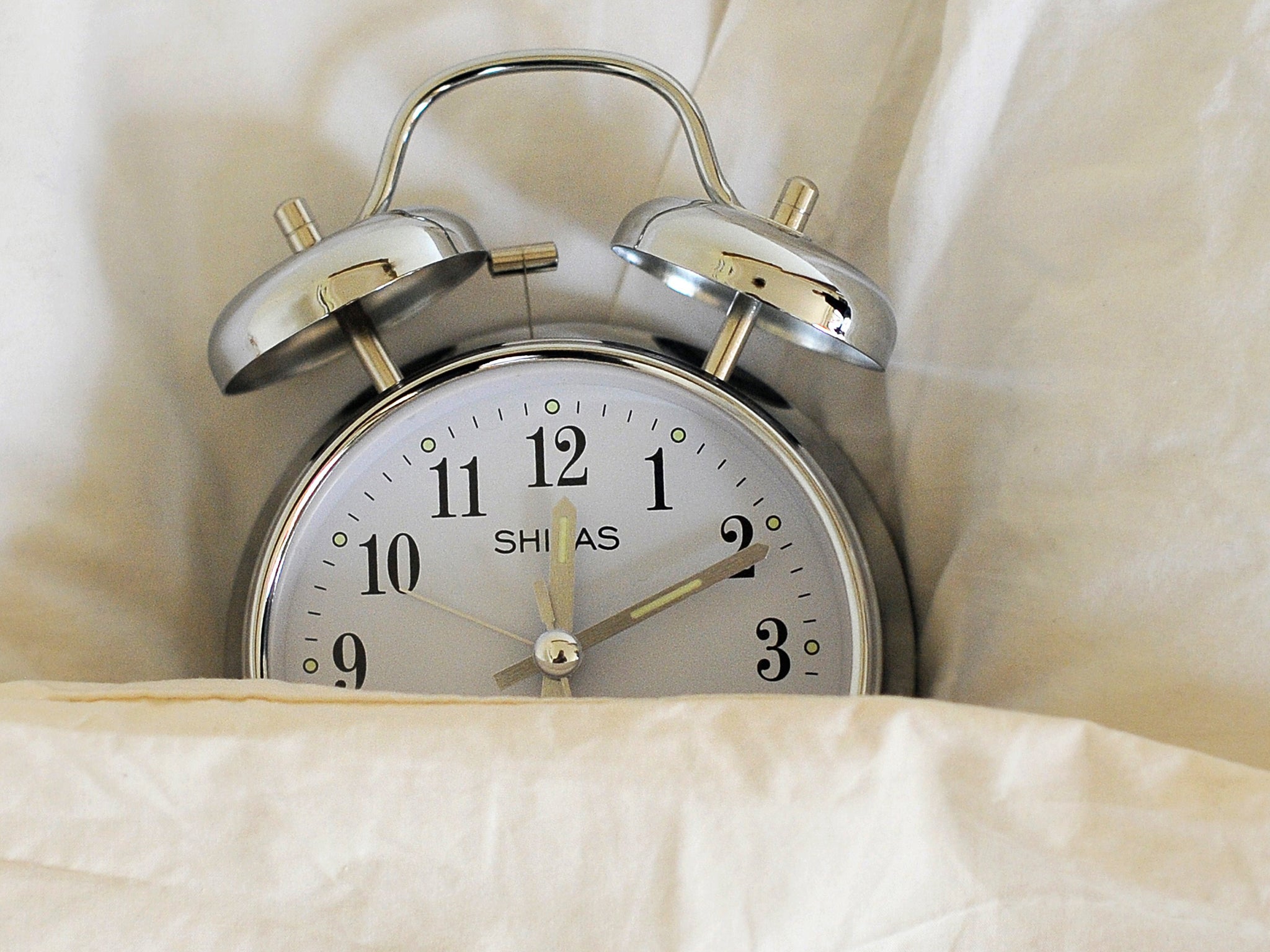Daylight saving time could ‘increase stroke risk’
The results found the risk of a stroke was higher in the first two days after a daylight saving transition

Your support helps us to tell the story
From reproductive rights to climate change to Big Tech, The Independent is on the ground when the story is developing. Whether it's investigating the financials of Elon Musk's pro-Trump PAC or producing our latest documentary, 'The A Word', which shines a light on the American women fighting for reproductive rights, we know how important it is to parse out the facts from the messaging.
At such a critical moment in US history, we need reporters on the ground. Your donation allows us to keep sending journalists to speak to both sides of the story.
The Independent is trusted by Americans across the entire political spectrum. And unlike many other quality news outlets, we choose not to lock Americans out of our reporting and analysis with paywalls. We believe quality journalism should be available to everyone, paid for by those who can afford it.
Your support makes all the difference.Daylight saving time could increase the risk of having a stroke.
The bi-annual event of changing the clocks by one hour may be connected to a higher rate of ischemic strokes, according to researchers which is the most common type of stroke.
Ischemic strokes account for 85 per cent of all strokes and occurs when a blood clot blocks oxygen carrying blood to the brain.
Doctor Jori Ruuskanen, of the University of Turku in Finland and author of the research, said his team looked at the risks of daylight saving time in connection with strokes after previous studies have shown disruptions in a person's body clock increases the risk of ischemic stroke.
The researchers used ten years’ worth of figures to find the rate of strokes in Finland.
Data from 3,033 people hospitalised during the week following daylight saving time was compared with the rate of stroke in 11,801 people who were admitted to hospital two weeks before or two weeks after the clock change.
The results showed during the first two days after a daylight saving transition, the rate of ischemic strokes were eight per cent higher.
Following another two days, these rates reduced to normal.
People with cancer are 25 per cent more likely to have a stroke after the clocks changes, as are people aged over 65, who are 20 per cent more at risk of having a stroke in the transition period.
Dr Ruuskanen added: “Further studies must now be done to better understand the relationship between these transitions and stroke risk and to find out if there are ways to reduce that risk.”
Daylight saving time was first introduced in 1907 by William Willett in a bid to make more use of the longer days.
Join our commenting forum
Join thought-provoking conversations, follow other Independent readers and see their replies
Comments